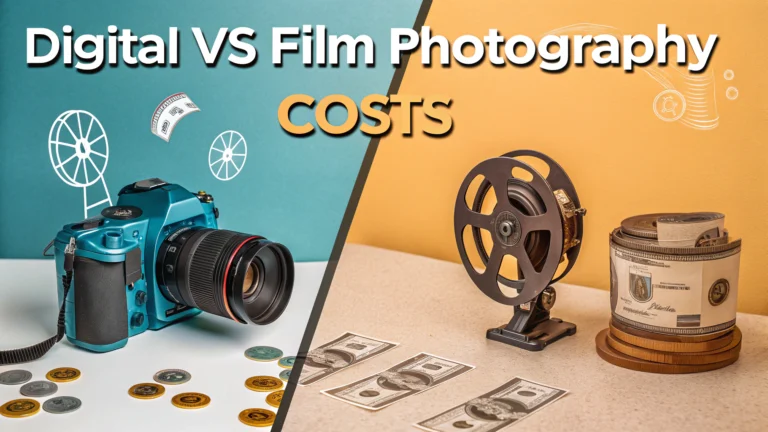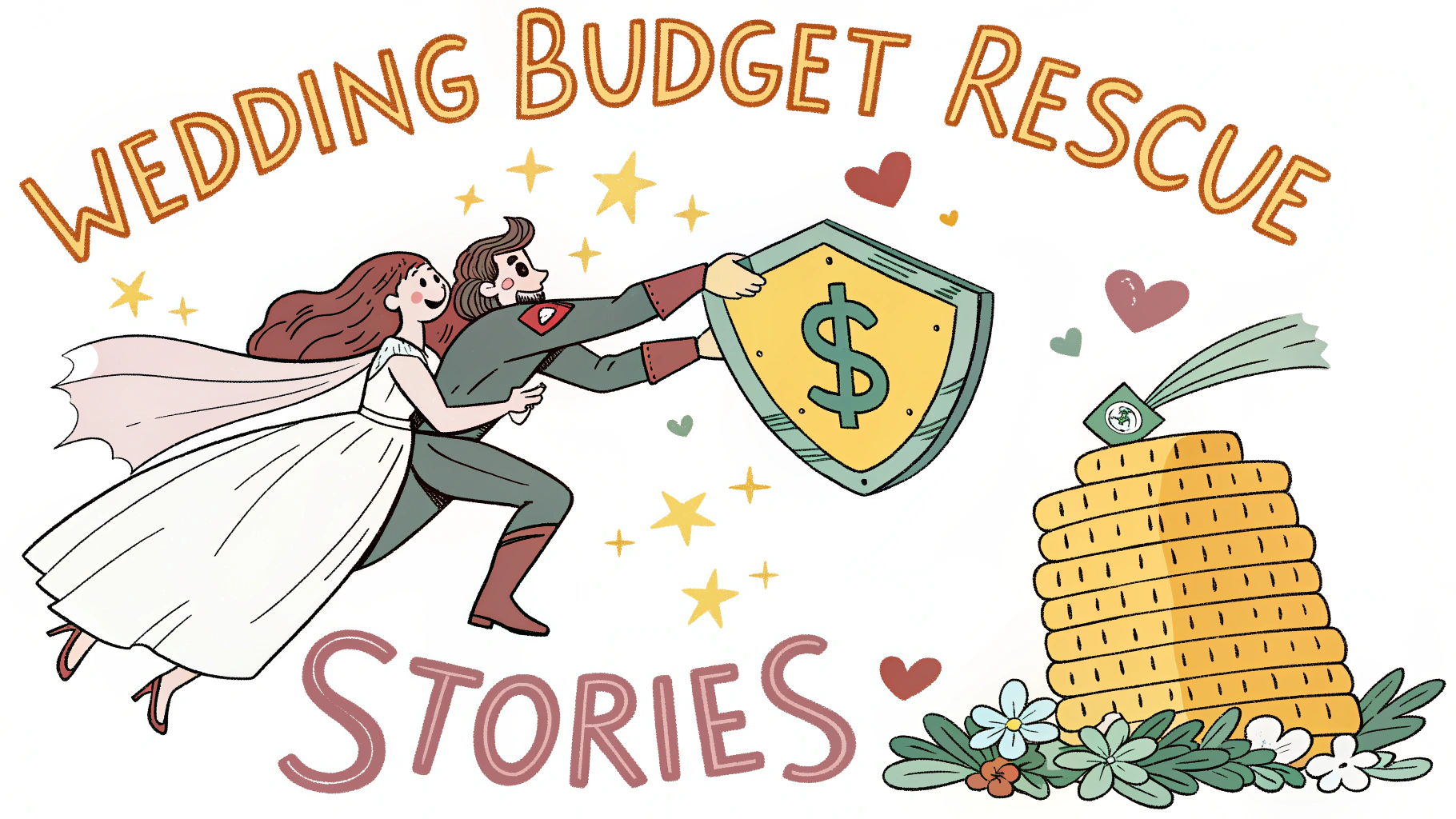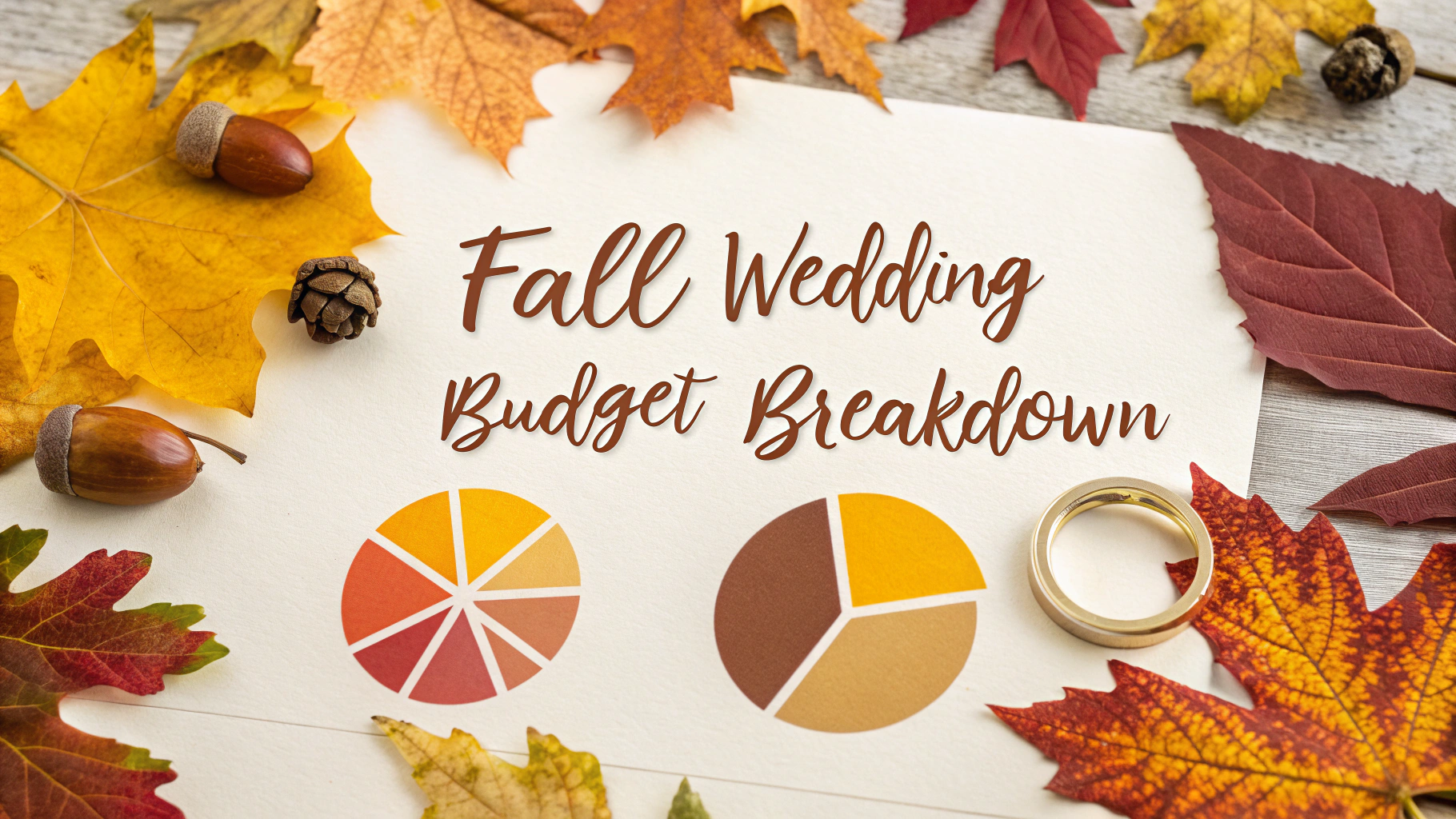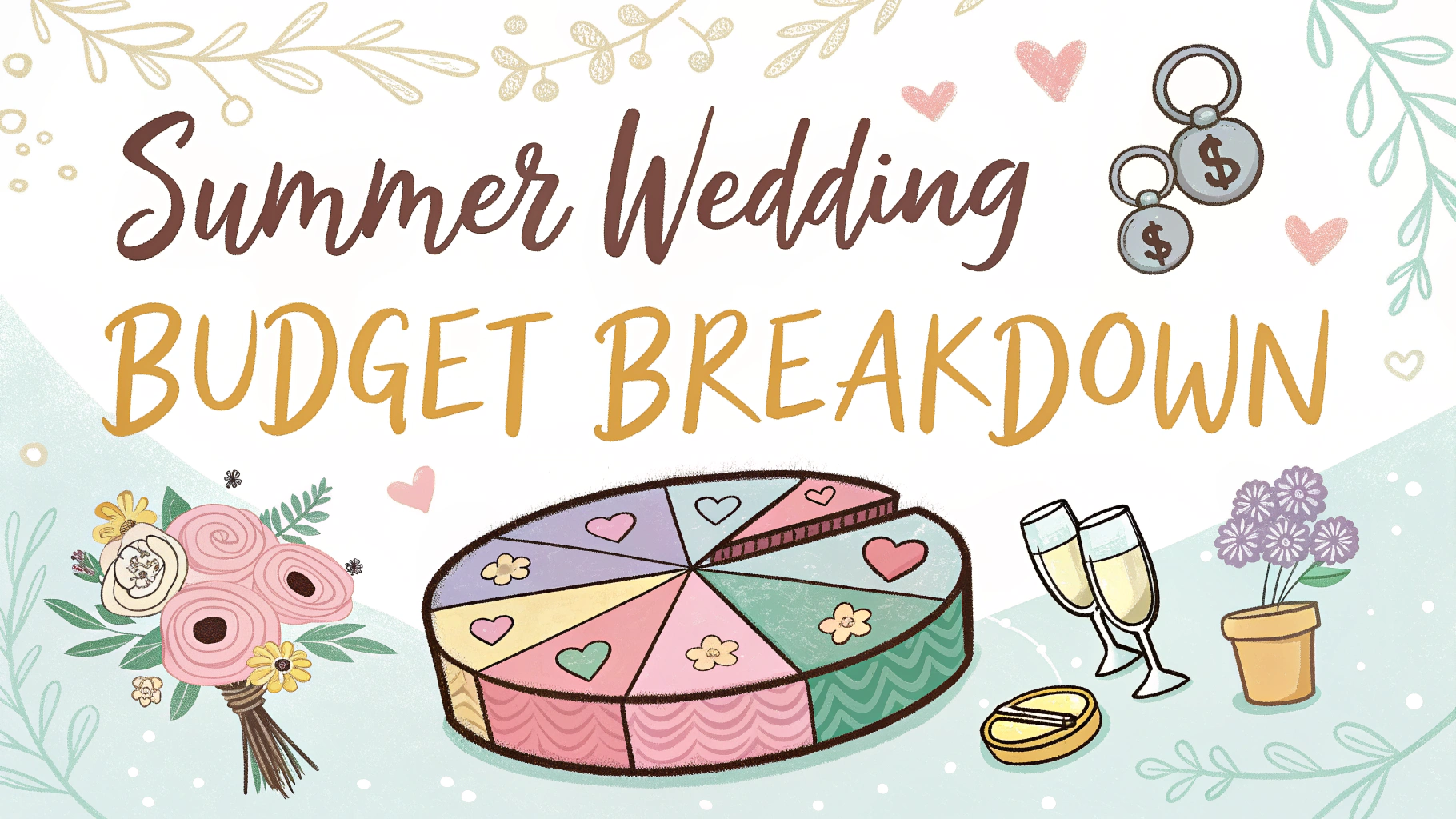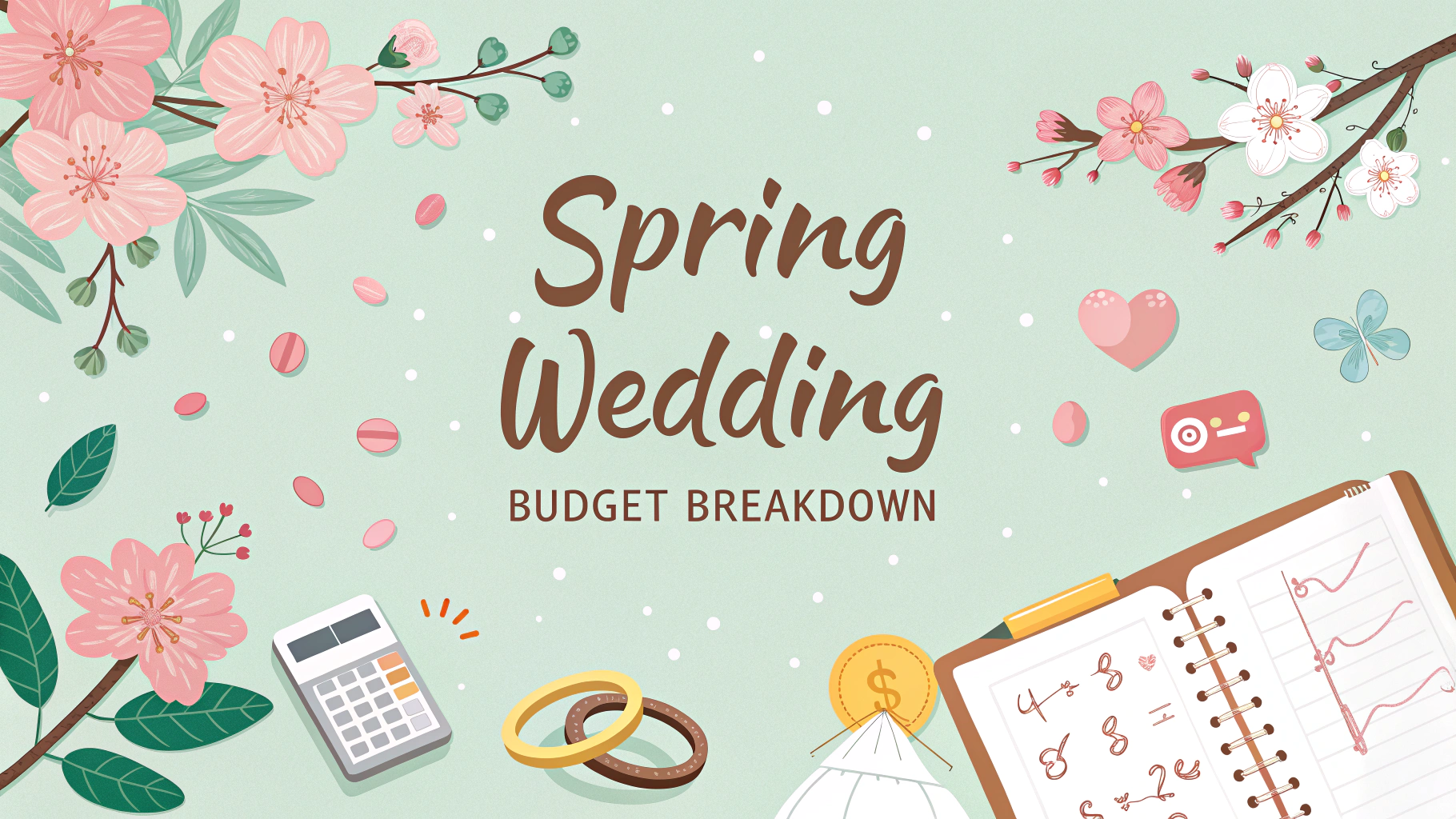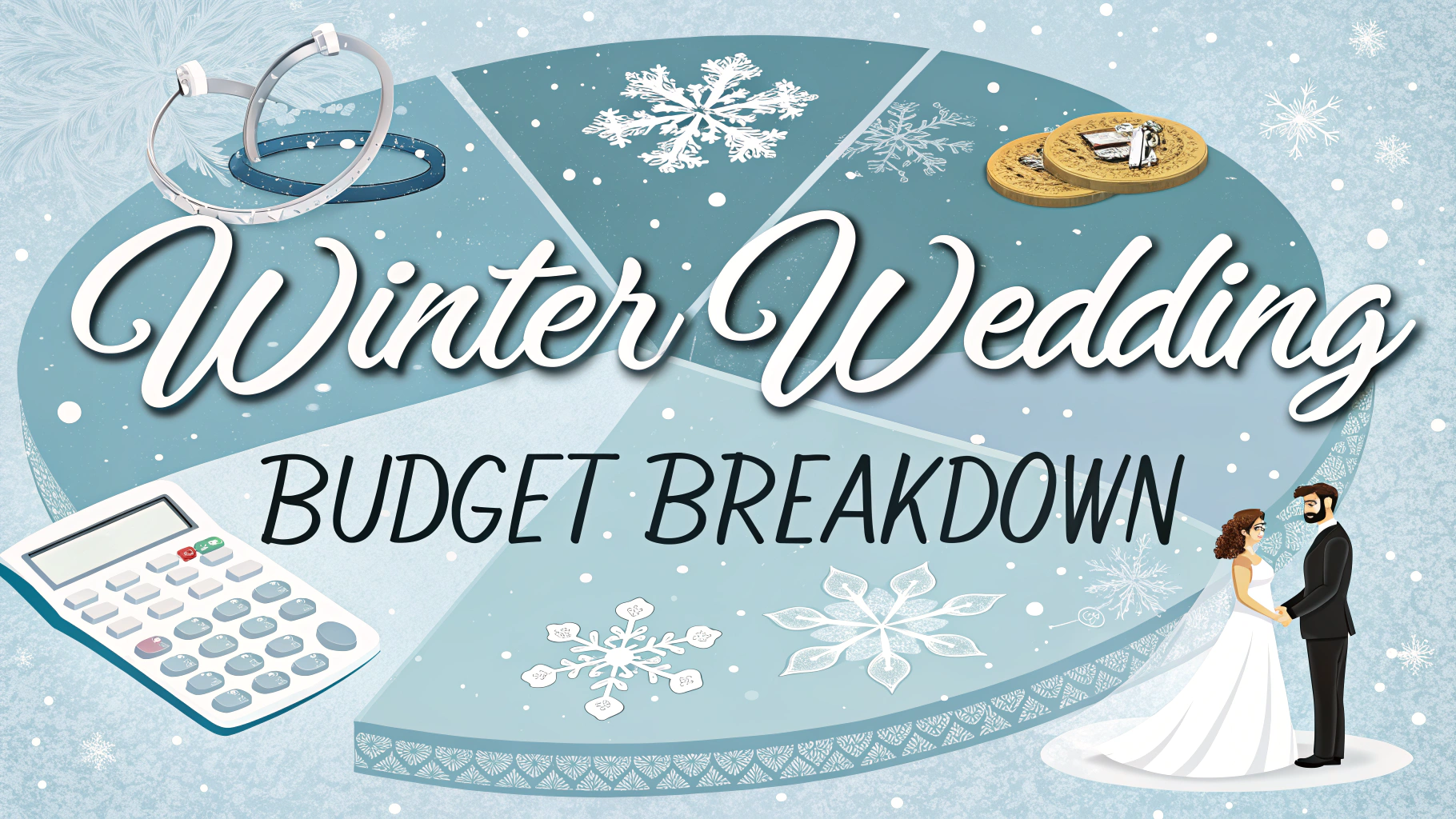Comparing digital and film photography costs for weddings helps couples make an informed choice that matches their style and budget preferences.
Digital Photography Costs
Professional digital wedding photographers typically charge between $2,000 to $5,000 for a standard wedding package.
- Camera equipment: $3,000-$6,000 for professional gear
- Memory cards: $50-200 per wedding
- Backup drives: $100-300
- Editing software: $10-50/month subscription
- Cloud storage: $10-30/month
Film Photography Costs
Film wedding photographers often charge $3,500 to $7,000+ for comparable packages due to additional material costs.
- Film rolls: $10-15 per roll (12-36 exposures)
- Film development: $15-25 per roll
- Scanning: $20-30 per roll
- Equipment maintenance: $200-500 annually
Hidden Costs Comparison
| Digital | Film |
|---|---|
| Computer upgrades | Film storage |
| Hard drive backup | Emergency film supplies |
| Software updates | Development rush fees |
Cost-Saving Tips
- Book during off-peak seasons (November-March)
- Choose smaller packages with fewer hours
- Request raw files instead of edited images
- Consider a mix of digital and film for key moments
Contact professional photography organizations like Professional Photographers of America (PPA) at 1-800-786-6277 for photographer referrals.
Long-Term Cost Considerations
- Digital files need periodic transfer to new storage formats
- Film negatives require climate-controlled storage
- Digital backups cost $50-100 annually
- Film reprints cost $15-30 per photo
Check websites like WeddingWire or The Knot to compare local photographer prices and packages.
Delivery Times
Delivery timelines vary significantly between digital and film photography options.
- Digital: 4-8 weeks for edited photos
- Film: 8-12 weeks for processed and scanned images
- Hybrid: 6-10 weeks for combined packages
Quality Considerations
Both formats offer distinct aesthetic advantages that affect final costs.
- Digital: Sharper details, easier night shots
- Film: Unique color profiles, softer skin tones
- Digital RAW: More editing flexibility
- Film grain: Natural, artistic look
Insurance Requirements
| Coverage Type | Digital Cost | Film Cost |
|---|---|---|
| Equipment | $300-500/year | $500-800/year |
| Liability | $500/year | $500/year |
Conclusion
Digital photography generally offers lower overall costs and faster delivery times, while film photography provides unique aesthetic qualities at a premium price point. The final choice depends on:
- Available budget constraints
- Desired aesthetic outcome
- Timeline requirements
- Long-term storage preferences
Consider consulting with multiple photographers who work in both mediums before making a final decision. Request sample galleries and detailed pricing breakdowns to ensure the chosen option aligns with both vision and budget.
FAQs
- What are the initial investment costs for digital versus film photography for weddings?
Digital photography requires a higher initial investment ($2,000-$5,000 for professional DSLR/mirrorless camera body and lenses) while film cameras are cheaper ($200-$1,000), but film and development costs add up per wedding ($200-$400 in film/processing). - How do the ongoing costs compare between digital and film photography?
Digital photography has minimal ongoing costs (memory cards, hard drives), while film photography requires continuous purchase of film ($10-15 per roll) and development costs ($15-25 per roll), averaging $300-500 per wedding. - Does digital or film photography require more post-processing time and cost?
Digital requires more computer time for editing and culling but no lab costs. Film requires less post-processing time but includes lab development fees. The total cost difference averages $100-200 per wedding. - What’s the cost difference in backup equipment needed?
Digital photographers need backup camera bodies ($2,000-3,000 each) and multiple memory cards ($20-50 each). Film photographers need backup cameras ($200-1,000) and additional film rolls ($10-15 each). - How do storage costs differ between digital and film?
Digital requires ongoing investment in hard drives and cloud storage ($200-500 annually), while film negatives need physical storage space and archival materials ($100-200 per year). - What’s the cost impact on delivery time to clients?
Digital images can be delivered faster with lower costs, while film requires lab processing time (1-2 weeks) and shipping costs ($20-50 per wedding), affecting final pricing. - How do insurance costs compare for digital versus film equipment?
Insurance for digital equipment is typically higher ($300-500 annually) due to higher replacement costs, while film equipment insurance is lower ($100-300 annually). - What are the costs associated with providing digital files to clients?
Digital photographers include online gallery costs ($200-400 annually), while film photographers need scanning services ($0.50-2 per image) to provide digital copies. - How do emergency backup solutions differ in cost?
Digital requires redundant memory cards and on-site backup ($200-300), while film photographers need additional film stocks and potentially a backup lab ($100-200). - What’s the difference in print production costs?
Digital prints require calibrated monitors and printers ($500-1,000 setup), while film prints from negatives typically cost more per print ($5-15 versus $2-10 for digital) but may need fewer adjustments.
